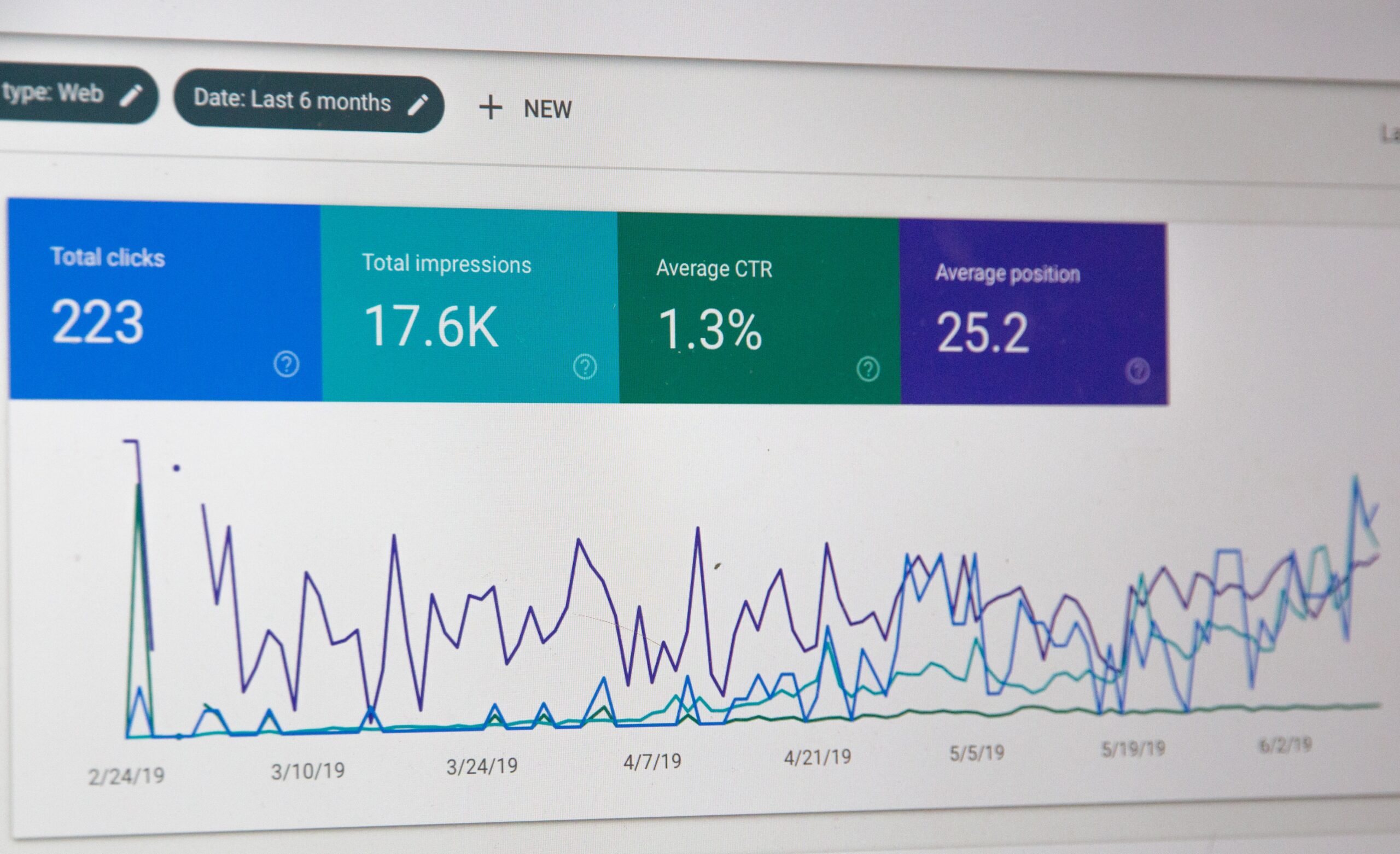
SE… Ohhhh — where to begin a search engine optimisation strategy
Before we get started, let’s first answer the question: how important is search engine optimisation?
Well, simply put, very! According to a study conducted by TechJury, a mammoth 93% of online experiences start with a search engine. It’s safe to say then, appearing on platforms like Google and Bing is vitally important if you want your brand to be discovered.
But it’s not enough to simply ‘appear’ in search engines. According to Forbes, 75% of internet users never even scroll past the first page of search results.

This poses another question: how do you appear at the top of a search engine’s results?
The answer is, of course, implementing a good search engine optimisation strategy. However, a common misconception is that applying good SEO principles at the content creation stage will achieve results. While this is somewhat true, it’s simply not enough.
A good SEO strategy doesn’t begin when you’re writing your content — or at least, it shouldn’t. Instead, it starts at the earliest stages of a website’s life.
Most businesses that don’t think about SEO until after having a website designed, or redesigned, often struggle on the digital marketing front. This is largely because if marketing isn’t thought about at the design phase, then businesses find themselves running the marketing race with a distinct handicap.
Crawling
There’s so much that goes into creating a well-performing webpage, but at a fundamental level, an SEO-friendly site is one that allows a web crawler to easily understand exactly what the information on the page is referring to.
A site that is largely text-based helps the crawler identify the nature of the information. Sure, images and videos are all important to the overall look of a website (and can even help SEO later down the line), but that’s not what a web crawler reads.

Internal links are also needed for the search engine to crawl. The site’s primary navigation, search engine directives and tools, like XML sitemaps, all help the search engine crawl and discover new pages related to the site.
If the crawler understands a webpage quickly and easily, it is more likely to rank it higher in user searches.
Navigation
The location of a website’s links are also vitally important. Like signposting, both the user and the crawler need to be well-directed to important links (or call-to-actions) and good website navigation makes it easy for them to quickly find exactly what they’re looking for.

When a site is well designed, the navigation works in harmony with its structure, the URL and other components to help the crawler understand what each piece of content is about and how it relates to other pages in the system.
Furthermore, a user will be more likely to trust the site and easily obtain the answer they were looking for. When this happens, they’re more likely to spend more time at the site, purchase an item from it, or share it with other users — all things that search engines take into account when ranking websites.
As a result, navigation should not need any real cognition — it should require the user to think. If the navigation is kept simple, it can lead to more conversion and greater search visibility.
Domain and Hosting
Then there’s the domain name. Ensuring the domain is simple and incorporates what the business does is important — as is confirming that all the subdomains are well-formed and redirect back to the main URL (or homepage). Having loads of keywords before the main URL in a subdomain can sometimes seem like a good idea, but it doesn’t look professional and users often won’t trust it.

Hosting is also important, but more so that it allows for a fast, well-functioning site. A slow site, or one that often crashes, makes for unhappy users and, let’s not forget, without users interacting with a website, generating more visitors or sales can prove difficult.
Remember that, essentially, search engines want to provide their users with the best possible website that solves their specific search query. As a result search engines are designed to champion those webpages that provide a good user experience.
A CMS (content management system) shouldn’t be overlooked in this process either. WordPress, for example, not only allows for simple page additions and general changes down the line, it is also built to work in a way that Google can understand.
Mobile friendly
As we know, we regularly use our phones when we use search engines. As a result, developers need to remember this fact when designing a website.
But it’s not just all about the visual aesthetic — from an SEO perspective, mobile-friendliness is an incredibly important factor.

In fact, it’s the mobile version of a site that will be used by the search engine to review and rank it. It’s also how prospective visitors will mostly search for and browse a site, so working hard on improving user experience for mobile users is a must in today’s market.
Conclusion
As you can see, SEO is not something that can be copy-pasted into an existing site, it is built into its foundations. Get it wrong and it makes hitting digital marketing goals all the more difficult.
Ultimately, if everything goes to plan, a search engine crawler or user should be able to easily understand the information in the website. The page itself could have some of the most profound content out there, but without a crawler being able to understand it, no one will be able to find it.
